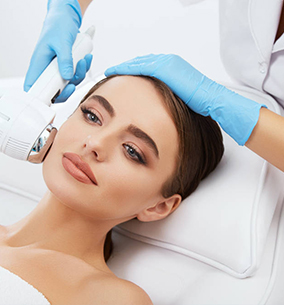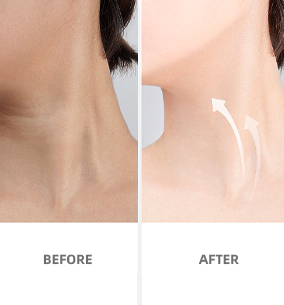Businesses may sell branded items without having to invest in development thanks to private label cosmetics. Costs of Private Label Cosmetics include formula development, packaging design, minimum order quantities, manufacturing, compliance, and branding and marketing, which are the main cost determinants. Using pre-existing formulae, locating cost-effective packaging choices, haggling with suppliers, concentrating on high-margin items, and meticulously factoring in all costs when determining prices are some tactics for controlling these costs. Adopting wise cost management techniques and comprehending these crucial cost components will help guarantee the success of a private-label cosmetics company. Follow us for more information about private label cosmetics cost.
The Importance of Understanding the Costs of Private Label Cosmetics
For private-label cosmetics, it’s essential to understand the main cost drivers, such as formula development, packaging, and production minimums. Profitability may be ensured by carefully controlling these expenses using tactics like utilizing stock formulas and negotiating conditions. Any significant expenditure area that is ignored or underestimated might swiftly jeopardize a private label cosmetics company’s capacity to make money.
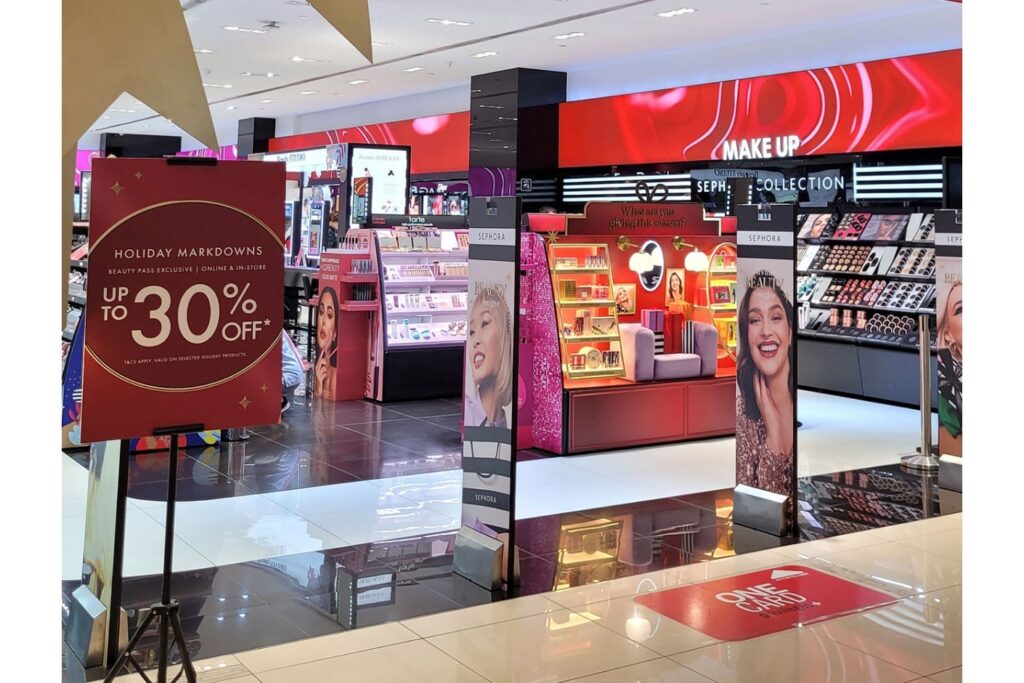
Factors Affecting the Cost of Private Label Cosmetics
Costs of Private Label Cosmetics vary greatly depending on a number of important aspects, including: The private label vendor: long-standing, seasoned suppliers frequently charge more than more recent entrants, but they could also provide additional value-added services. Complexity of formulation: It costs more to create custom or customized product formulations than off-the-shelf alternatives. Production procedures: Although vendors with larger minimum order quantities (MOQs) could charge less per unit, they need a larger initial outlay of funds.
Technology and capabilities have an effect on cost as well. Ingredient quality: exotic, organic, or luxury raw ingredients drive up production costs dramatically. Packaging design: specialized or customized packaging, labeling, and printing raise the total cost of the product. Product claims: higher production costs result from the need for additional testing and certifications to back up marketing claims like “organic” or “cruelty-free.”. Ancillary services: order fulfillment, purchasing labels and packing, and other value-added services are sometimes subject to additional charges. Regulatory compliance, particularly for specialist certifications, safety, stability, and other necessary testing, can significantly raise expenses. Branding and marketing: Although unrelated to manufacturing, brand-building costs should be taken into account. To maintain profitability, private-label cosmetics firms must comprehend these many cost aspects.
Related Article: Top Private Label Skin Care Manufacturers: A Comprehensive Guide
Markup and Profit Margin Considerations
The main contrast between markup and profit margin is the method used to quantify profitability. By computing the difference between a product’s total sales income and the cost of goods sold (COGS) to make that product, profit margin examines the overall profitability of the firm. Margin is the proportion of sales that goes toward the total profit made by the business.
It is represented as a percentage of sales. In contrast, markup is just concerned with a single product’s price. It determines the discrepancy between the selling price and the product’s cost, or the amount the company spent purchasing or producing it. Markup is similarly presented as a percentage, but instead of referring to sales income, it does so in terms of the product’s cost price.
Competitor Analysis and Market Positioning
Analyzing and comprehending rival companies operating in the same market is called competitor analysis. This entails locating the main rivals and evaluating their advantages, disadvantages, tactics, and market share. Market positioning is describing how consumers view a company and its goods or services in comparison to those of its competitors.
This entails figuring out a special selling point and purposefully making the brand’s goods and image stand out. Essentially, a company’s market positioning—how it chooses to set itself apart and where it chooses to “play” in the competitive landscape—is informed by its competition analysis. A company may carve out a distinct and defendable place in the minds of consumers through effective market positioning.
Budgeting for Private Label Cosmetics: What You Need to Know
When creating a budget for private-label cosmetics, take into account the costs associated with product development, production, and packaging. This covers R&D, formulation, molds and tools, labeling, and the manufacturer’s minimum order quantities. Set aside money for ongoing costs such as marketing, shipping, storage, inventory, and any license or regulatory fees. Achieving the targeted profit margins requires setting wholesale and retail pricing that takes into account competitive market rates as well as production expenses. Plan ahead for when costs will occur in relation to income to guarantee you have enough working capital and control liquidity.
To fuel future sales growth, make plans to scale manufacturing, add new products to the line, and spend money developing your brand. To maximize profitability, the secret is to create a thorough budget that takes into consideration every one of the particular costs associated with private-label cosmetics. Effective forethought is crucial to a private-label cosmetics company’s long-term success.
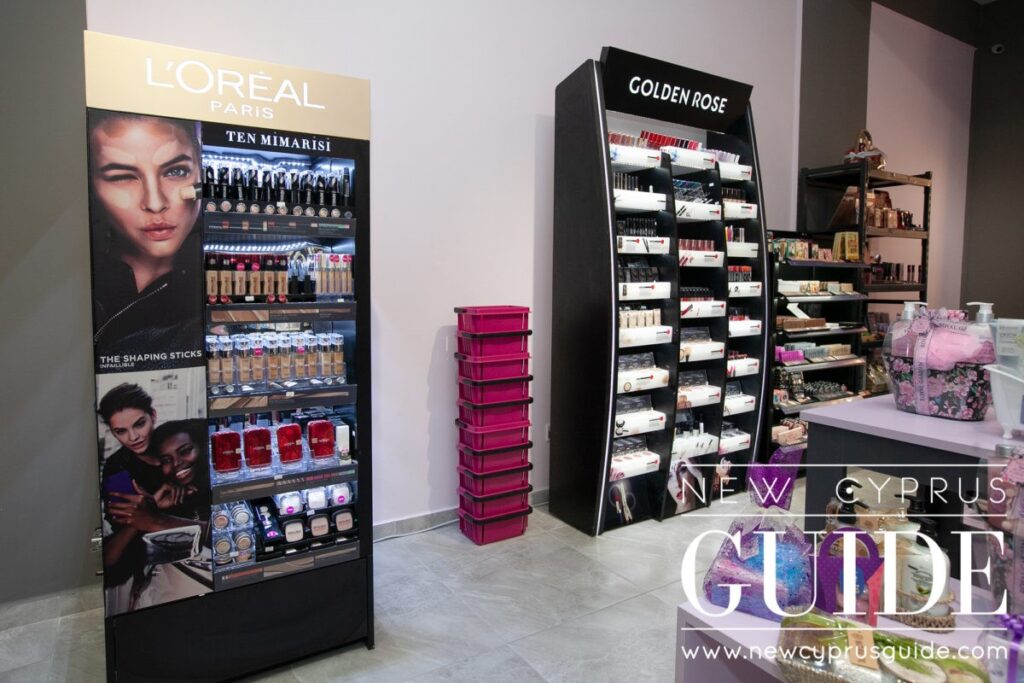
Product Ingredients and Formulation
Formulation for Private Label Cosmetics: Select premium, secure, and efficient ingredients in accordance with consumer preferences and legal requirements. Develop distinct, standout product formulas that deliver the required results. Verify that formulations adhere to safety, transparency, and labeling regulations. Analyze the stability of the product in detail over its shelf life. Provide clients with unique formulas to add personality to their brand. Delivering premium, private-label cosmetics that are in line with consumer expectations requires funding for R&D and testing.
Packaging Materials and Design
Packaging for Private Label Cosmetics: Use premium, environmentally responsible materials that preserve the product and complement the brand. Make aesthetically pleasing, unique packaging that conveys the advantages of the product and sticks out on shelves. Make sure the packaging satisfies safety and regulatory criteria while also being easy to use and handy.
Give private label customers alternatives for flexible packaging so they may customize the appearance and feel of their brand. An essential part of maintaining the product’s quality, promoting the brand, and providing a satisfying consumer experience is the packaging. Successful private-label cosmetics require careful attention to design, materials, and personalization.
Pricing Your Private Label Cosmetics: Factors and Considerations
A number of considerations must be balanced when setting the price for your Private Label Cosmetics Pricing, target market, rival pricing, targeted profit margins, and sales tactics. It’s critical to carefully consider your expenses, do market research, and set competitive prices that will still yield a respectable return. Taking into account each of these factors will assist you in figuring out the best price plan for your private label cosmetics.

Labeling and Branding Expenses
When it comes to private-label cosmetics, labeling and branding are major cost issues. Materials, printing, and packaging design all add up to significant costs. Investment is also necessary to develop a strong brand identity through marketing and advertising. To manage expenses while producing a product that is appealing and marketable, you must carefully design your branding and labeling approach. When setting the price for your private-label cosmetics, it’s crucial to keep these costs under control while still building a strong brand.
Related Article: Sales Statistics of Cosmetic Products in Prominent Countries
Manufacturing and Production Costs
One of the main factors influencing the cost of private-label cosmetics is manufacturing and production expenses. This covers the price of personnel, equipment, facilities, raw materials, formulation development, packing, and packaging. It is important to have a comprehensive comprehension and management of these direct and indirect production expenses in order to establish suitable and lucrative pricing. It is essential to thoroughly assess all production and operating costs when figuring out the whole cost structure for your private label beauty items.
Regulatory Compliance and Certification Fees
For private-label cosmetics, ensuring regulatory compliance and acquiring the required certifications can come with hefty costs. Costs associated with product testing, safety assessments, labeling specifications, and obtaining certifications such as organic or cruelty-free are included in this. Taking these certification and compliance costs into consideration is crucial to figuring out the final pricing plan. When determining the price of private-label beauty items, it is important to take regulatory requirements into account while also controlling the related expenses.
Estimating the Initial Investment for Private Label Cosmetics
Estimating Private Label Cosmetics Expenses line launch necessitates careful planning of the initial outlay. Product development, production, inventory, labeling, branding, and regulatory compliance expenses are all included in this. Marketing, facilities, equipment, and tooling costs might also be incurred. A detailed accounting of all these initial expenditures is necessary to establish the right price and profitability. When determining the price and establishing a private label cosmetics product line, assessing the entire initial cost accurately is a crucial first step.
Research and Development Costs
The costs associated with the research and development (R&D) of private-label cosmetics can be high. In order to fulfill quality and regulatory criteria, the product must be refined, tested for formulation, and evaluated. Research and development expenditures contribute to the safety, efficacy, and uniqueness of cosmetic items on the market. Determining the total pricing structure for private-label cosmetics requires taking these initial R&D costs into consideration. Determining competitive yet profitable prices requires accurate accounting for research and development expenses.
Cost Breakdown of Private Label Cosmetics: A Detailed Analysis
The cost structure for a typical private-label skincare product looks somewhat like this: Production Expenses About thirty percent of the overall cost This covers the costs associated with producing the product, packaging, and raw materials. Costs of marketing and sales Twenty percent or so of the overall cost These are the costs associated with sales teams, marketing, advertising, and other initiatives to sell and promote the product.
Margin of Profit The remaining half of the entire cost Even after deducting the costs of manufacturing and marketing, this huge profit margin permits a significant return on investment. Private Label Cosmetics prices their goods competitively and still achieves healthy profitability by dedicating around 30% of their resources to production, 20% to marketing, and setting aside 50% for profit margin. In the private label cosmetics market, optimizing profitability is often achieved by aiming for a balanced cost breakdown.

Minimum Order Quantities and Pricing Structures
Minimum Order Quantities (MOQs): The bare minimum of units needed by a manufacturer to begin a manufacturing run is known as a MOQ. MOQs for private-label cosmetics are typically between 500 and 5,000 units per SKU. Manufacturers are able to attain economies of scale and provide cheaper unit prices by fulfilling bigger MOQs. Higher MOQs may be difficult for smaller businesses to satisfy, which would hinder their ability to bargain for lower prices.
Pricing Structures: The total cost of private label cosmetics can be greatly impacted by minimum order quantity constraints. Large MOQ brands are more able to negotiate cheaper production prices per unit. This enables businesses to have strong profit margins while offering their products at a more competitive price. Smaller businesses with smaller MOQs could have to put up with greater expenses per unit, which would force them to charge more for their goods in order to be profitable. Lower per-unit prices are unlocked with larger purchase quantities in volume-based tiered pricing, which is widely used.
Equipment and Tooling Expenses
A private-label cosmetics line launch necessitates a large investment in specialty tools and equipment. This covers the price of equipment for filling and packing lines, warehousing and storage solutions, quality control testing equipment, and mixing and blending machines. The cost of making unique molds, dies, printing plates, and prototype tools is also included. The initial price of these tools and equipment can range from hundreds of thousands to millions of dollars. When making these capital investments, careful consideration of aspects like adaptability, scalability, efficiency, and return on investment is essential. Keeping an eye on these tool and equipment costs is essential to figuring out the private label cosmetics pricing plan and overall cost structure.
Marketing and Advertising Budget
For private-label cosmetics to grow in popularity and increase sales, marketing and promotion must be done well. Budgetary allotments typically include 15–25% of the total cost of the product. This might include costs associated with influencer connections, trade show participation, digital advertising campaigns, branding and packaging design, and other promotional activities. A private-label cosmetics brand may only be launched and expanded with success if a planned marketing plan and adequate funding are assigned. Profitable pricing while reaching the desired consumer base is ensured by carefully controlling these marketing and advertising expenditures.
Strategies for Managing and Reducing Private Label Cosmetics Costs
Strategies for Cost Management: Strike Advantageous Manufacturing Agreements Collaborate with contract manufacturers to get the most affordable price per unit, particularly for larger orders. Reduce production costs by utilizing manufacturer rivalry. Enhance formulations and packaging. Simplify product packaging to save on costs associated with labor and materials. Products can be reformulated to employ more affordable ingredients without sacrificing quality. Apply lean manufacturing techniques. Embrace lean manufacturing concepts to boost productivity and save waste.
Employee cross-training can boost adaptability and output. Take advantage of scale economies. Combine orders in order to fulfill larger minimum order requirements (MOQs). For larger orders, try to get suppliers to offer you better prices. Examine dropship and white-label models. Pre-manufactured items may be accessible through white-label initiatives. Dropshipping does away with the requirement for inventories and the corresponding carrying expenses. Strategies for Cutting Costs: Concentrate on High-Margin Items Provide premium, specialized products more priority than mass-market offerings. Determine and highlight the distinctive selling features that support larger profit margins.
Employ substitute raw materials. Look for and assess reasonably priced ingredient replacements. Make use of new developments in cosmetic formulas and developing technology. Simplify Activities and Procedures Reduce labor expenses and increase productivity by automating manual operations. Reduce the cost of transportation by streamlining distribution and logistics. Utilize channels for digital marketing. Make use of social media and inexpensive digital advertising. Create a compelling online presence to increase sales to direct customers.
Negotiating with Suppliers and Manufacturers
Recognize your leverage. Gaining an edge in negotiations requires you to understand the demands of the provider, your buying power, and your options. Create a target price range by investigating market prices and rates to find a reasonable amount that benefits all parties. Consider your best option before entering into a negotiated agreement, or BATNA. Create a relationship with suppliers by being transparent and honest in your communication. Cooperate on solutions as opposed to engaging in hostile negotiations. Talk about delivery schedules, quality requirements, payment schedules, and other contractual elements in addition to unit costs when negotiating conditions, not simply price.
Take advantage of the competition.elivery schedules, quality requirements, payment schedules, and other contractual elements in addition to unit costs when negotiating conditions, not simply price. Get estimates from several vendors to establish a dynamic of competition and verify prices. Determine shared benefits: Don’t settle for concessions from the supplier; instead, look for solutions that provide value for both sides. Be prepared to walk away: If the supplier won’t agree to your fair demands, don’t be scared to call off the talks. Your backup plan is your BATNA.
Related Article: Best Strategies for Selling Beauty Products
Streamlining Production Processes
Determine bottlenecks, Put lean manufacturing into practice. When possible, automate standard practices. Employee cross-training Apply analytics and data. Encourage ongoing development. Pay attention to quality control. By using data-driven optimization, automation, and lean concepts, waste, variability, and delays are to be minimized.
Outsourcing Non-Core Functions
Determine the non-essential tasks, assess outside vendors, Compare the expenses with the capabilities. Strike advantageous deals and continue to exercise quality control. oversee vendor connections. The secret is to use economies of scale and outside expertise for supporting operations while concentrating internal resources on core skills.
Optimizing Inventory Management
Determine demand with accuracy. Reduce surplus inventory, simplify replenishment, make use of data analytics, put just-in-time procedures into action, Maximize handling and storage. Reducing waste and increasing operating efficiency are the main objectives, as is matching inventory levels to real requirements.
Calculating the Retail Price of Private Label Cosmetics
In order to attain a 33% profit margin, private label cosmetics pricing often involves setting the retail price at least three times the production cost. Nonetheless, the profit margin ought to be considerably greater for skin care items. Unpredictable fluctuations in raw material costs may result in landing costs that are higher than anticipated. It is not a good idea to adjust pricing frequently to reflect this since it may affect customer loyalty to the brand. If you want a strong, long-lasting company that backs up your marketing initiatives, pay close attention to the data.
The majority of popular skin care products have a profit margin of about 80% when they are priced five to six times their landing cost. Profit / Retail Price x 100 = Profit Margin% is the formula used to calculate profit margins. Let’s say the landing fee is $10. An 80% profit margin would be achieved, for instance, if the retail price is $50 and the landing cost is $10. You may carefully promote your products as premium or luxury items or as more inexpensive choices by using this pricing strategy.
Estimating the Investment: How Much Does Private Label Cosmetics Really Cost?
Order minimums: 500–1,000 pieces Labeling and packaging: high initial expenses, Regulatory compliance: qualifications, fees, testing, Storage of inventory: Continuous leasing of a warehouse, Marketing and branding: website, promotions, fulfillment and delivery, brand identification, Starting capital total: $10,000 to $100,000 or more Budgeting and planning with care are crucial.
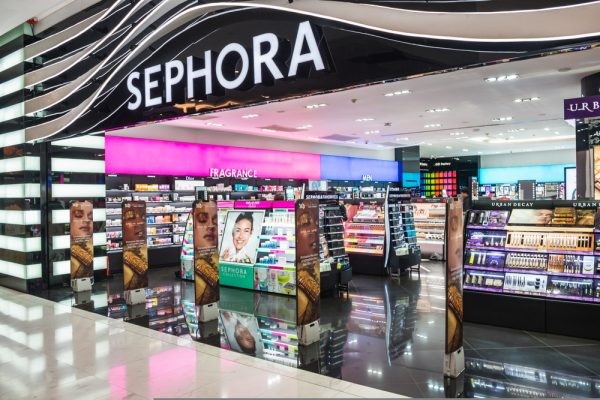
How can I reduce costs without compromising quality?
Simplify production procedures, take advantage of scale economies, haggle for supplier reductions, simplify labeling and packing, and automate routine work. Put lean inventory management into practice. Reconcile the fulfillment and logistics. Optimize the efficiency of operations, the secret is figuring out how to reduce expenses without compromising the caliber of the final product or the satisfaction of the client through process enhancements, strategic sourcing, and operational optimization.
Related Article: Sales Statistics of Cosmetic Products in Prominent Countries
Are there hidden expenses associated with private label cosmetics?
Fees for regulatory compliance, minimum order amounts, Logistics of fulfillment and delivery, warehousing and inventory storage, packaging and labeling design, branding and marketing, the total amount needed to establish a private label cosmetics business can be greatly impacted by these extra costs on top of the production cost. Planning and budgeting carefully are essential.
What are the payment terms with private label cosmetics manufacturers?
30% to 50% down payment is required to start manufacturing.Net thirty to sixty days: The remaining amount is payable upon delivery; certain manufacturers want a letter of credit; prepaid orders: Complete payment prior to production When working with private-label cosmetics companies, be prepared for sizable upfront financial requirements as manufacturers structure payments to limit their risk.

